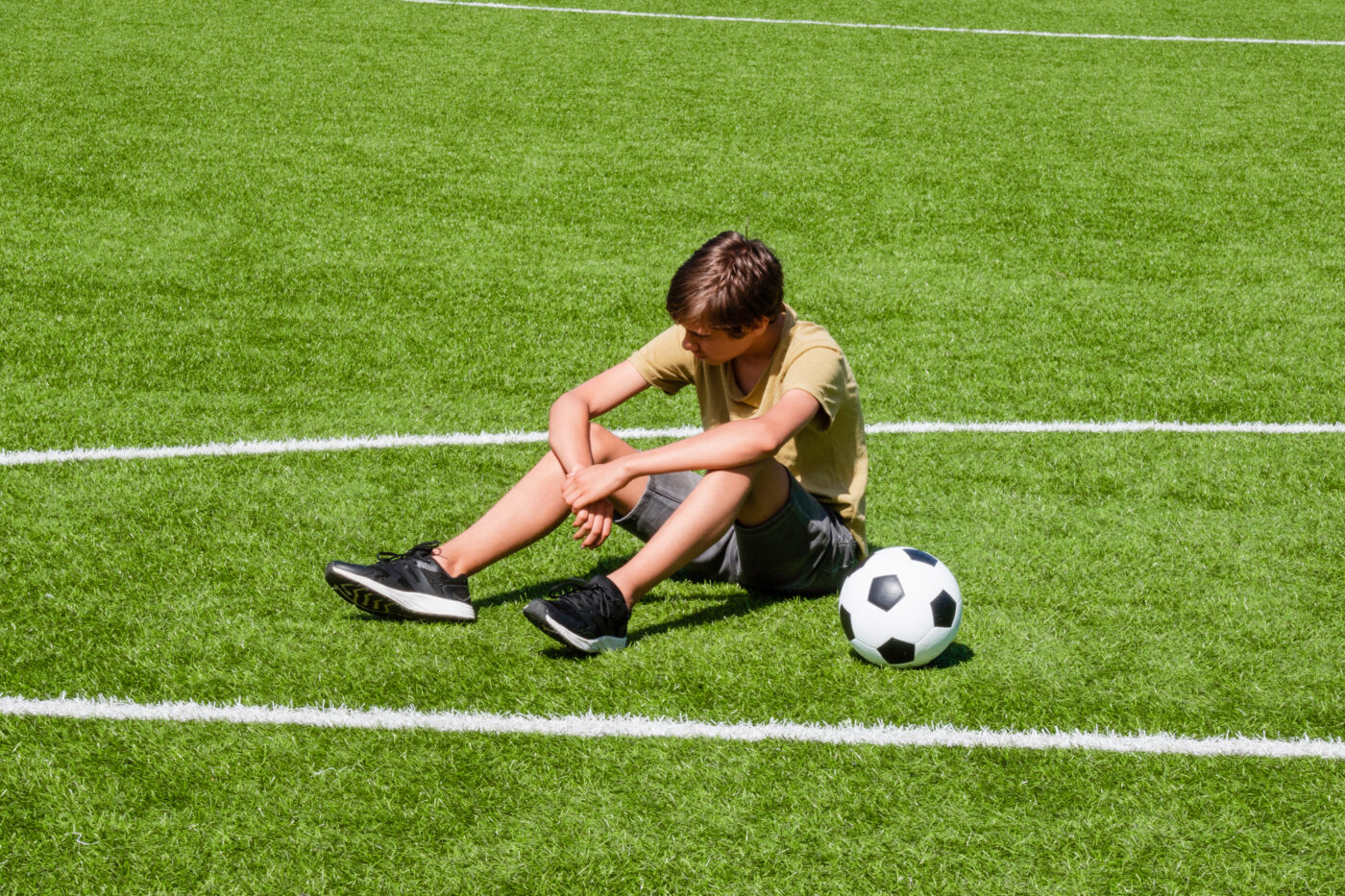Frontline Interview with Jay Giedd
Giedd is a neuroscientist at the National Institute of Mental Health. Recently, he spearheaded research showing for the first time that there is a wave of growth and change in the adolescent brain. He believes that what teens do during their adolescent years — whether it’s playing sports or playing video games — can affect how their brains develop.
What has surprised you about looking at the adolescent brain?
The most surprising thing has been how much the teen brain is changing. By age six, the brain is already 95 percent of its adult size. But the gray matter, or thinking part of the brain, continues to thicken throughout childhood as the brain cells get extra connections, much like a tree growing extra branches, twigs and roots. In the frontal part of the brain, the part of the brain involved in judgment, organization, planning, strategizing — those very skills that teens get better and better at — this process of thickening of the gray matter peaks at about age 11 in girls and age 12 in boys, roughly about the same time as puberty.
After that peak, the gray matter thins as the excess connections are eliminated or pruned. So much of our research is focusing on trying to understand what influences or guides the building-up stage when the gray matter is growing extra branches and connections and what guides the thinning or pruning phase when the excess connections are eliminated.
And what do you think this might mean, this exuberant growth of those early adolescent years?
I think the exuberant growth during the pre-puberty years gives the brain enormous potential. The capacity to be skilled in many different areas is building up during those times. What the influences are of parenting or teachers, society, nutrition, bacterial and viral infections — all these factors — on this building-up phase, we’re just beginning to try to understand. But the pruning-down phase is perhaps even more interesting, because our leading hypothesis for that is the “Use it or lose it” principle. Those cells and connections that are used will survive and flourish. Those cells and connections that are not used will wither and die.
So if a teen is doing music or sports or academics, those are the cells and connections that will be hard-wired. If they’re lying on the couch or playing video games or MTV, those are the cells and connections that are going [to] survive.
Right around the time of puberty and on into the adult years is a particularly critical time for the brain sculpting to take place. Much like Michelangelo’s David, you start out with a huge block of granite at the peak at the puberty years. Then the art is created by removing pieces of the granite, and that is the way the brain also sculpts itself. Bigger isn’t necessarily better, or else the peak in brain function would occur at age 11 or 12. … The advances come from actually taking away and pruning down of certain connections themselves.
The frontal lobe is often called the CEO, or the executive of the brain. It’s involved in things like planning and strategizing and organizing, initiating attention and stopping and starting and shifting attention. It’s a part of the brain that most separates man from beast, if you will. That is the part of the brain that conducts philosophy and to think about thinking and to think about our place in the universe. …
I think that [in the teen years, this] part of the brain that is helping organization, planning and strategizing is not done being built yet … [It’s] not that the teens are stupid or incapable of [things]. It’s sort of unfair to expect them to have adult levels of organizational skills or decision making before their brain is finished being built. …
It’s also a particularly cruel irony of nature, I think, that right at this time when the brain is most vulnerable is also the time when teens are most likely to experiment with drugs or alcohol. Sometimes when I’m working with teens, I actually show them these brain development curves, how they peak at puberty and then prune down and try to reason with them that if they’re doing drugs or alcohol that evening, it may not just be affecting their brains for that night or even for that weekend, but for the next 80 years of their life…









